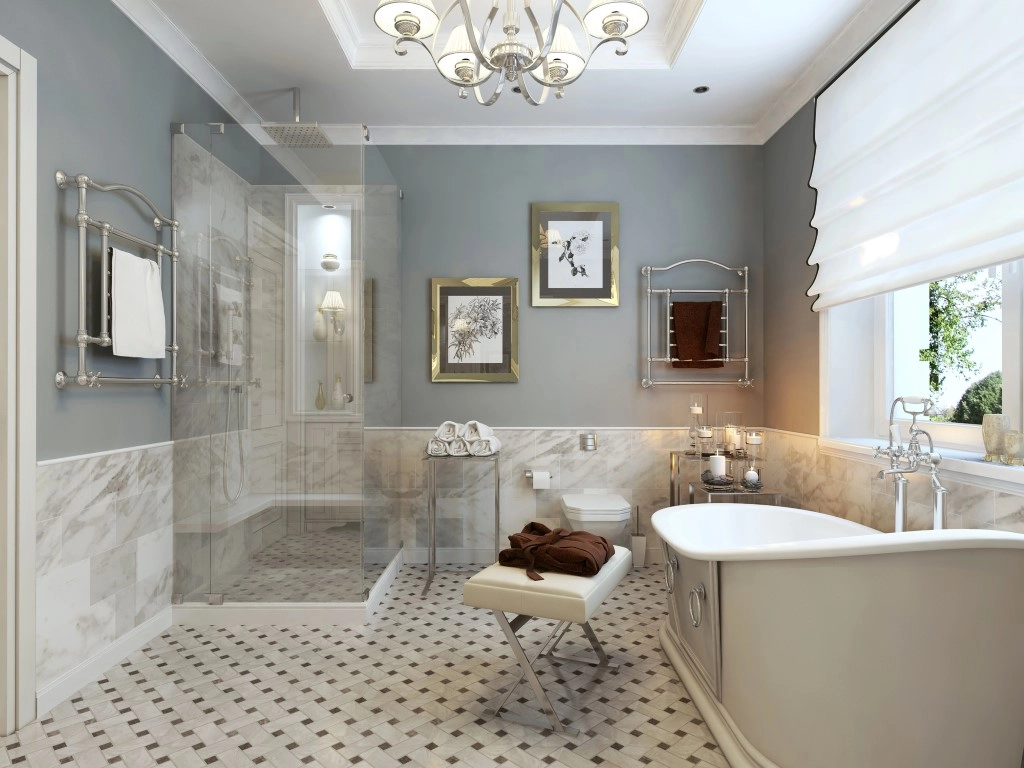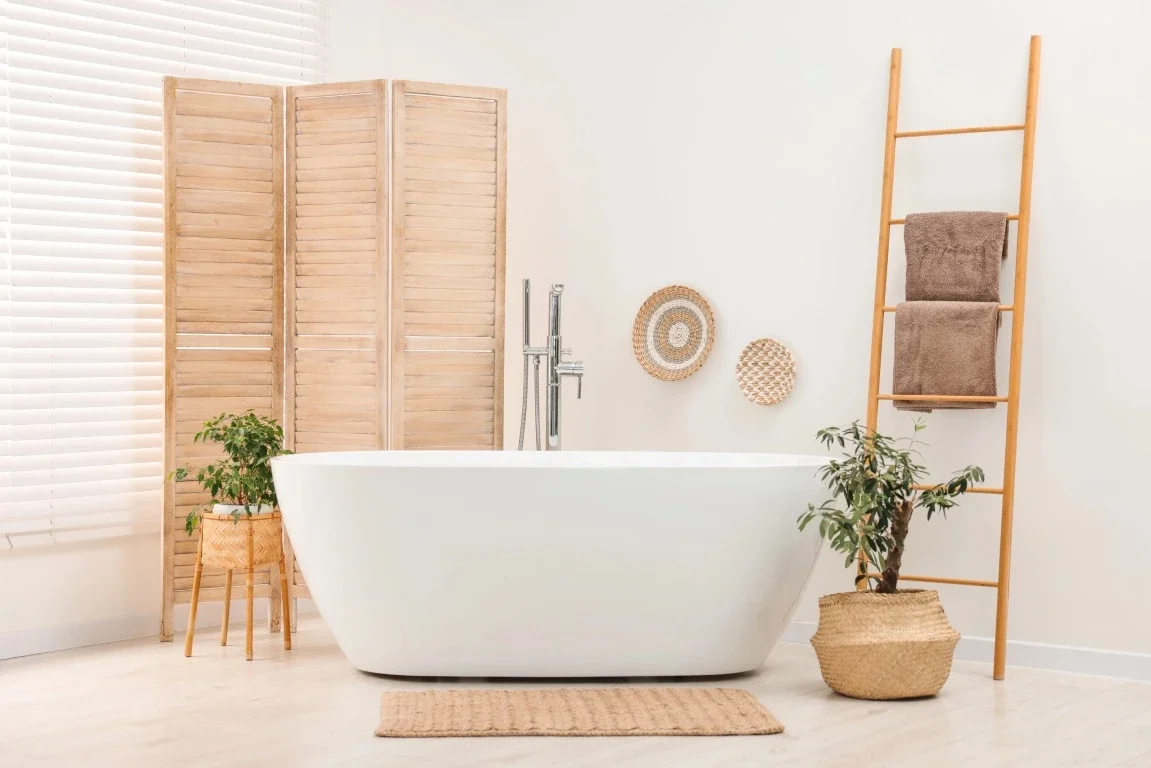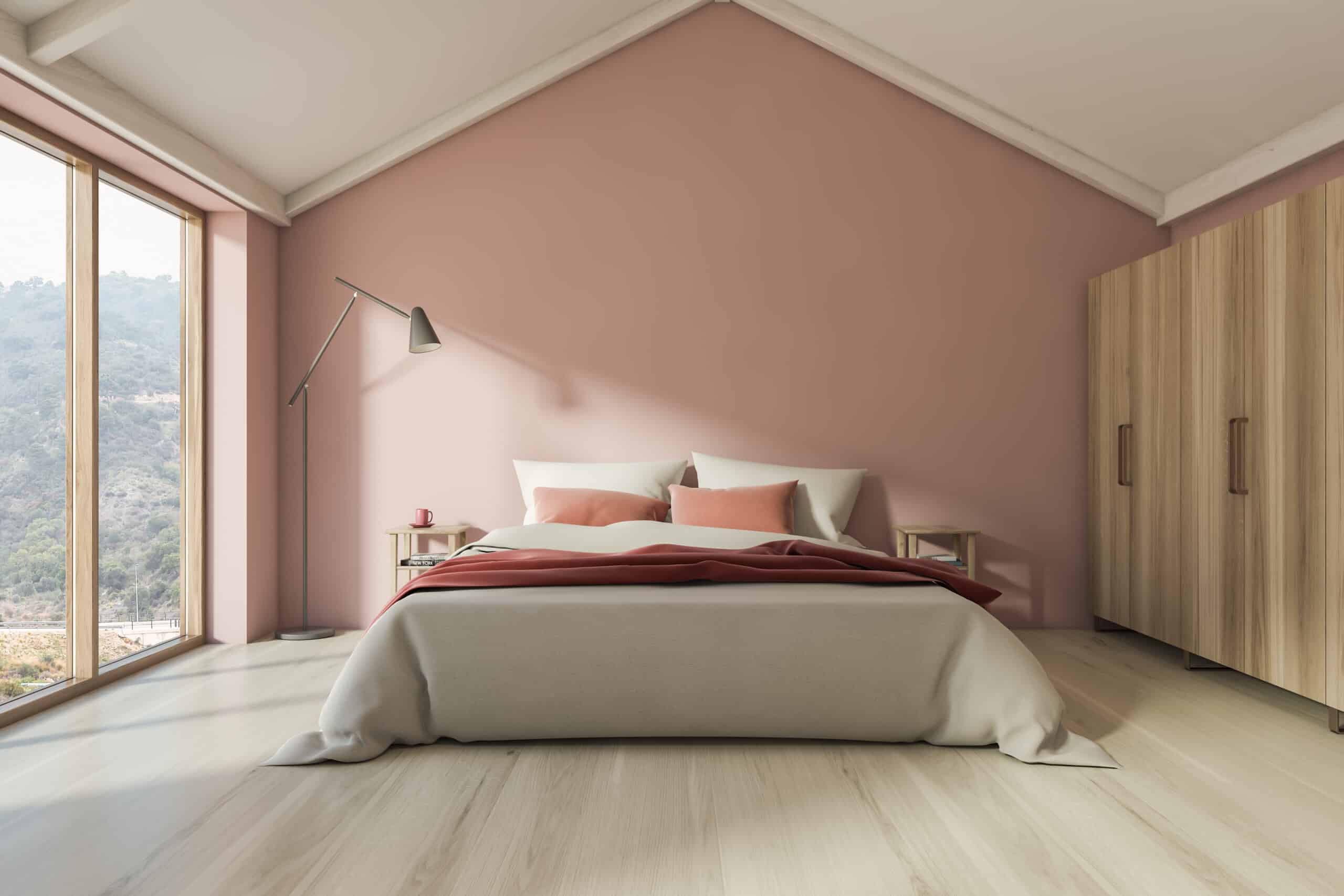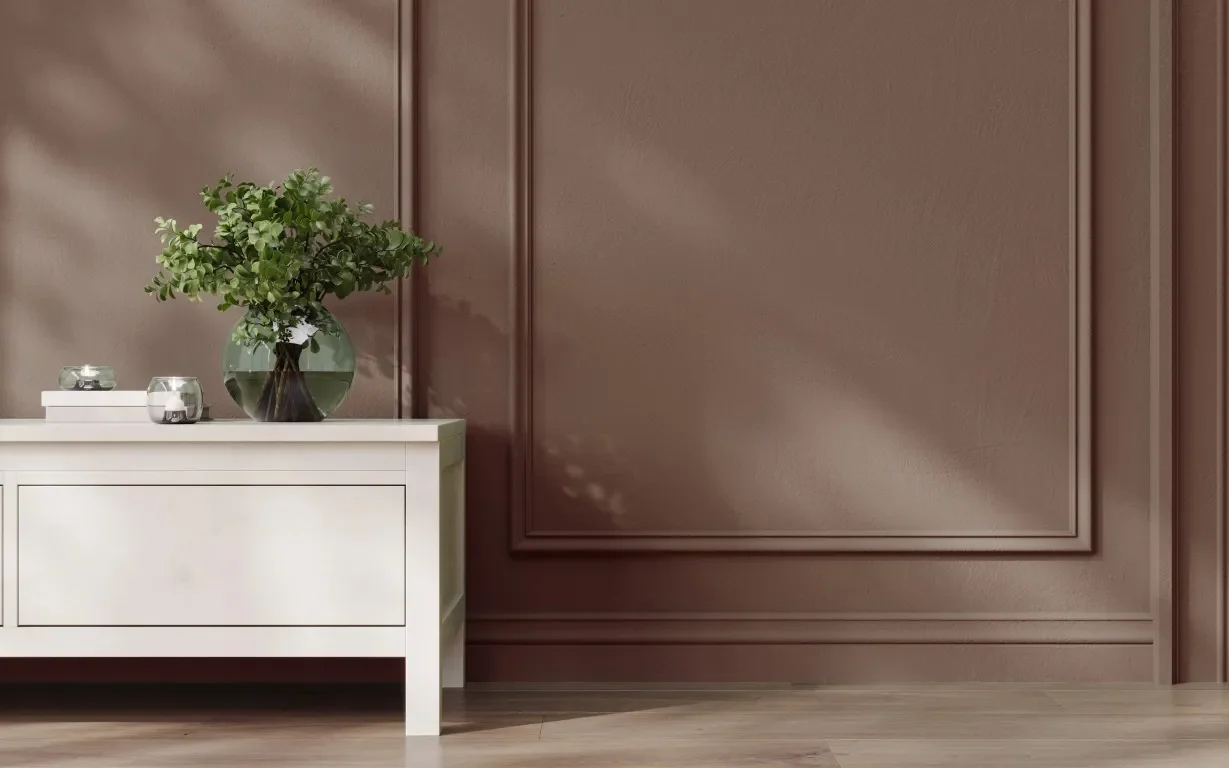
When remodeling a bathroom, you’ll need to decide whether you want to install a walk-in shower or a bathtub. Both options have their benefits, and the right choice often comes down to your lifestyle, available space, and the long-term plans for your home. Let’s break down each option to help you make the best decision.
Why You Should Consider a Walk-In Shower
Accessibility and Convenience
Walk-in showers are easy to enter and exit, making them a great option for people of all ages, especially those with limited mobility and older adults. Many designs are barrier-free or low-threshold, offering a safer and more convenient option for those who struggle climbing over the side of a tub.
You can also easily incorporate safety features like non-slip flooring, grab bars, and built-in benches.
Space-Saving Design
Showers work well in smaller bathrooms, as they can help you maximize floor space. A sleek glass-enclosed shower can make the room feel larger, more luxurious, and more open compared to a bulky bathtub.
Modern Style
From rainfall showerheads to custom tile work, walk-in showers bring a contemporary look that can instantly elevate your bathroom’s design. You could also add a steam bath or seamless glass enclosure to add extra sleekness.
Efficiency
Showers typically use less water than filling a bathtub. For example, a 10-minute shower with a standard showerhead uses approximately 25 gallons of water, while a full bathtub can use 50 to 70 gallons. This makes showers more eco-friendly and budget-conscious in the long run.
Because showers use less water, they also require less energy to heat the water, placing less demand on your water heater. A low-flow showerhead can also significantly reduce energy costs.
Easier Cleaning
While both showers and bathtubs require regular maintenance and cleaning, walk-in showers are typically easier to clean because they have a more open design with fewer corners and hidden areas where grime can accumulate. Bathtubs usually need more scrubbing and deep cleaning because of the awkward angles and high walls.

Why You Should Consider a Bathtub
Relaxation Factor
Bathtubs provide a spa-like experience that showers can’t fully replicate, giving you the perfect space for you to fully relax, lower your stress levels, and promote better sleep. It can also improve circulation and soothe sore muscles after a long day, especially if you invest in one with jets.
Great for Families
If you have young children, a bathtub makes bath time easier, safer, and more enjoyable. Many parents prefer tubs because they are more practical for kids. You may also want a bathtub if you have pets or don’t have a laundry sink to hand-wash clothes in.
Added Home Value
While showers are popular, many homebuyers still see a bathtub as a must-have feature, especially in the primary bathroom. A well-placed tub can make your home more appealing on the market, particularly for families with children.
Versatility
A bathtub can double as a shower if you add a showerhead, allowing you the flexibility to enjoy long soaks after work and quick showers in the morning.
Different Types of Bathtubs
Freestanding Tubs — A freestanding or clawfoot tub can add an elegant or modern touch to your bathroom, making it stand out.
Alcove Tubs — These tubs are more practical and can fit into tighter spaces.
Soaking and Whirlpool — These tubs add extra luxury and comfort and are ideal for evening soaks.
Key Considerations Before You Decide
Space — Do you have enough room for a full-size tub, or would a shower better maximize the available floor space?
Budget — Do you have room in your renovation budget for a walk-in shower? A walk-in typically costs more than a bathtub to install.
Lifestyle — Do you have younger children? Do you prefer quick showers or enjoy long, relaxing soaks?
Accessibility — Will you or anyone in your home benefit from an easier-to-access shower now or in the future?
Resale Value — Are you planning on selling your home in the future? If so, consider what future buyers in your area will prefer.
Upgrade Your Bathroom Today with a New Shower or Bathtub

Choosing between a walk-in shower and a bathtub comes down to balancing style, function, and personal preference. If you value convenience, modern design, and efficiency, a walk-in shower may be the way to go. But if relaxation, family needs, and resale value are top priorities, a bathtub may be the better choice.
For many homeowners, the ideal solution is having both — a stylish walk-in shower for daily use and a bathtub for when you need to bathe your children or unwind.






